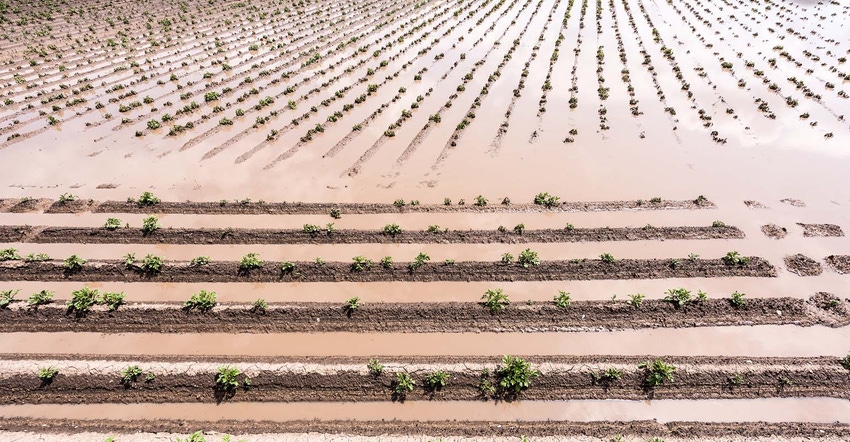
The AgRural consultancy estimates Brazilian farmers had planted just 1.5% of the projected 85.4 million-acre 2017-18 soybean crop by the first of the month. Brazil’s Canal Rural reports that was 1.2 point above the previous week, when scarce rains kept many of even the most avid early planters from getting their beans in the ground (the opposite was true in Argentina; more on that later).
That number is a bit below the 4.3% of the projected Brazilian planted area at this time last year, and also under AgRural’s five-year average of planting progress for the week, of 2.3%. The two leading Brazilian soy states of Parana and Mato Grosso are both behind last year’s planting rate compared to same time last year as all the rain has been apparently going to Argentina. Wet soils have delayed many producers.
Brazil production down
But there is plenty of time left for those betting their second-crop corn following those beans will be safe from eventual dry spells in April and May of 2018. That said, the Brazilian Vegetable Oil Processors this week projected the country’s 2017-18 bean production at 108.5 million tonnes, a drop of 4.7% from last season, with soy complex exports hitting the 65 million-tonne mark, up 1.6% from 2016-17. Brazil domestic stocks are slated to fall to just 7.3 million tonnes (down from 9.8 million) as the country crushes and exports more.
Argentine challenges
Meanwhile, Brazil’s neighbors to the South are projected to plant a nearly six percent smaller soybean area this year, due in part to too much rain. Bean planting is taking a beating there this year in part due to yet more problems with standing water—and to competition from corn and sunflower, according to the Buenos Aires Grains Exchange. That would make 2017-18 Argentina’s second consecutive year of a smaller soybean area, to 44.7 million acres.
The opinions of the author are not necessarily those of Farm Futures or Farm Progress.
About the Author(s)
You May Also Like






